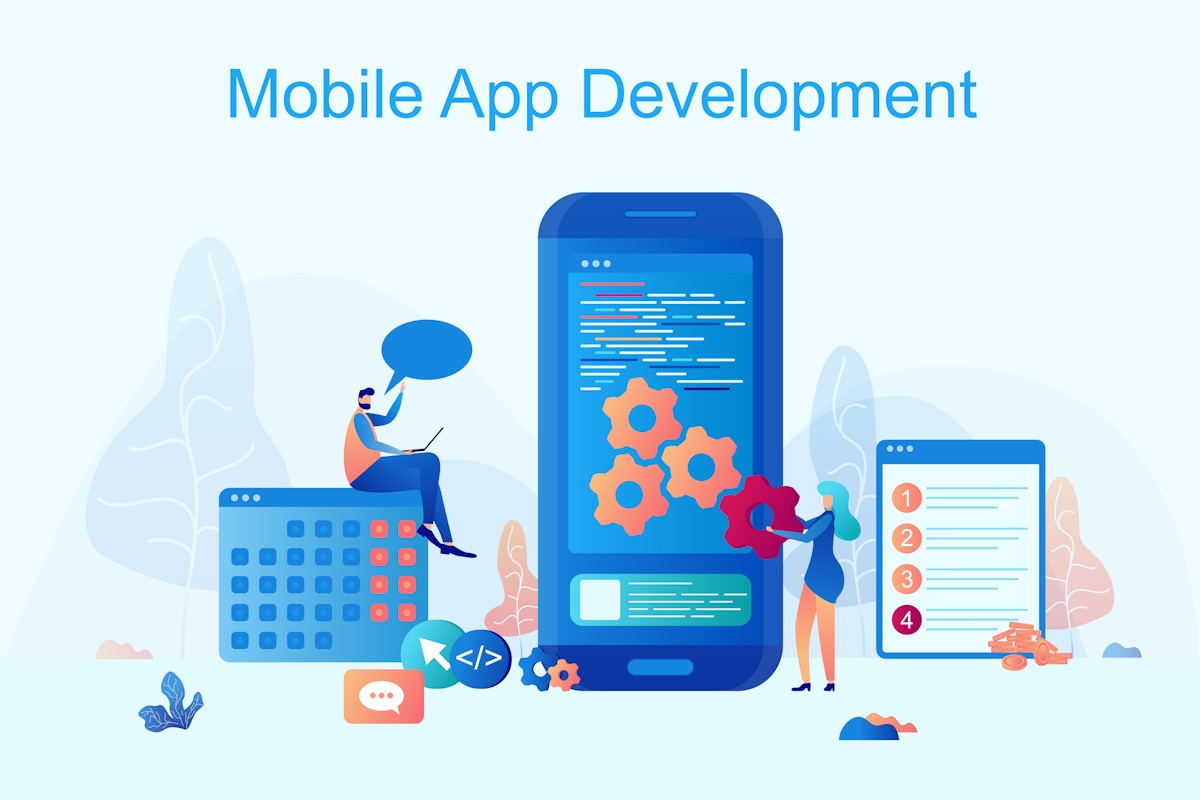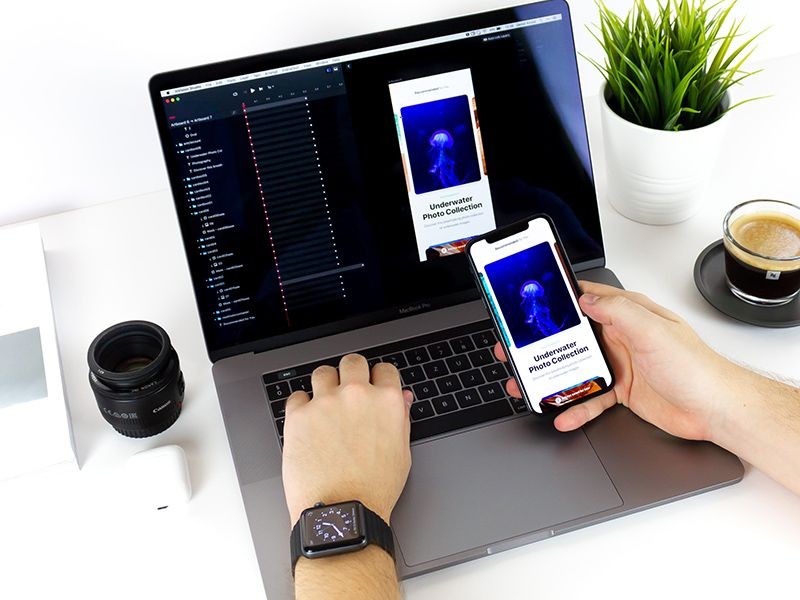Mobile app development is a promising business. According to forecasts, in the near future, the revenue of this sphere will generate $189 billion. The average smartphone owner uses 30 apps on his device every month. There are 2.8 million official apps for Android fans. How do you pay attention to your apps amid such competition?
The first thing a user does before installing an app is look at the image. At the initial stage, only the icon distinguishes your app from many others. The icon should be as convincing as possible, it is the only way to attract a large number of users. A convincing and high-quality design without any extra words will make your app popular.
Why do you need an icon for your mobile application?
The icon’s role is to make the user interested and convince him that the mobile application is trustworthy and can solve his actual needs.
One of the most common online logo designers is Turbologo. You can use it to create dozens or even hundreds of logo designs. You will be able to create your own company logo without resorting to expensive professional designers. The logo generator is based on the elements of artificial intelligence.
Some tips on how to create a logo for the apps
The icon for a mobile app has to be original (not to violate the copyright). In color and style it must match the design of the program interface. And it is also important that the element corresponds to the official development rules.
Also take into account the general universal recommendations so that the logo effectively performs its functions. Five such rules have been collected:
- Scalability
The home page of the online store displays the icon of the mobile app. In all cases, it will have different sizes. The display on the screen often depends on the resolution and user settings. The main thing is that in all cases the picture is readable, and that the user doesn’t have to strain his eyes to see the details. You can check the options for displaying your icons with special services.
- Recognizability
Symbols and images on your icon should unmistakably recognize most users. All visual elements should be understandable to people, regardless of the country in which they live, and from the language spoken. An icon will only be effective if it helps the user as much as possible.
- Uniqueness
The competition is quite large. The image you create will compete with millions of other images. If you make it unique, you are guaranteed success. What to do to achieve this goal:
– Research other images that are related to your niche. Any copying will backfire;
– Try to find some completely new meanings in combinations of symbols and colors. Experiment more, quantity is sure to turn into quality;
– As an example, you can take the icons of gaming applications. There are fewer requirements and more possibilities.
– Take the most recognizable part of your brand for the main element.
- Brevity is the sister of talent.
A well-known social network has every right to use a branded in its style letter F for the application icon. Dozens of well-known services do, too. If your branding is advanced enough that users will recognize you by 1 or 2 letters, great. But do not write the full name of the company in the icon. And in general – avoid words if possible.
Such tools as words and images are antipodes. An icon is used to graphically represent a program. Pay attention to visual details, because
– right with the icon in any case will be the name of the application;
– two elements at the same time, namely images and letters, will be distracting to the user. This makes it very difficult to choose. The user is more likely to ignore your app.
If the title is short, this can be a definite plus. Try to use it as a central element.
- Correspondence of the logo to the functionality
User interaction with the icon and the interface should be the same. A good icon for applications should express the concept of the program, to create a coherent image of the product, complement the design, idea and functionality.










